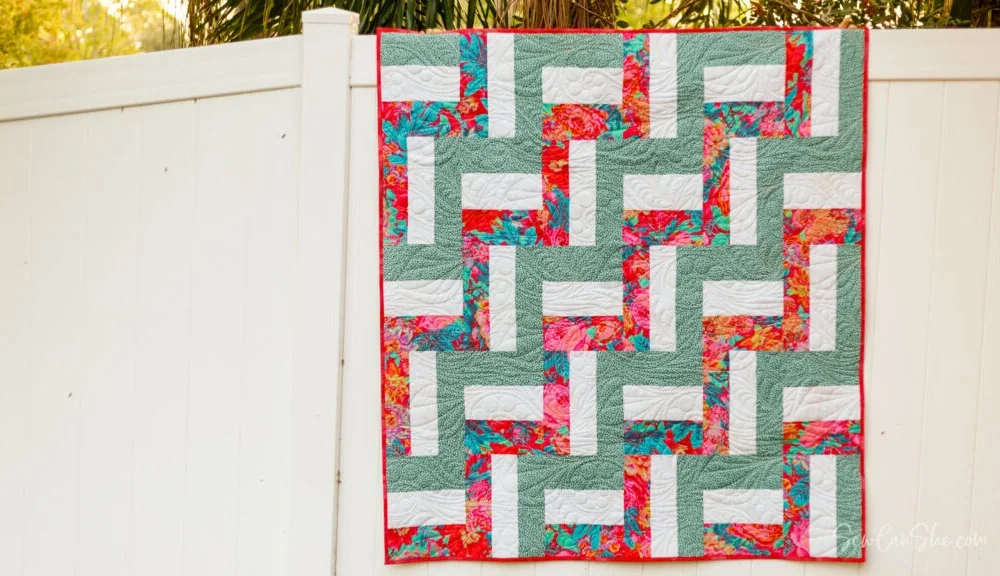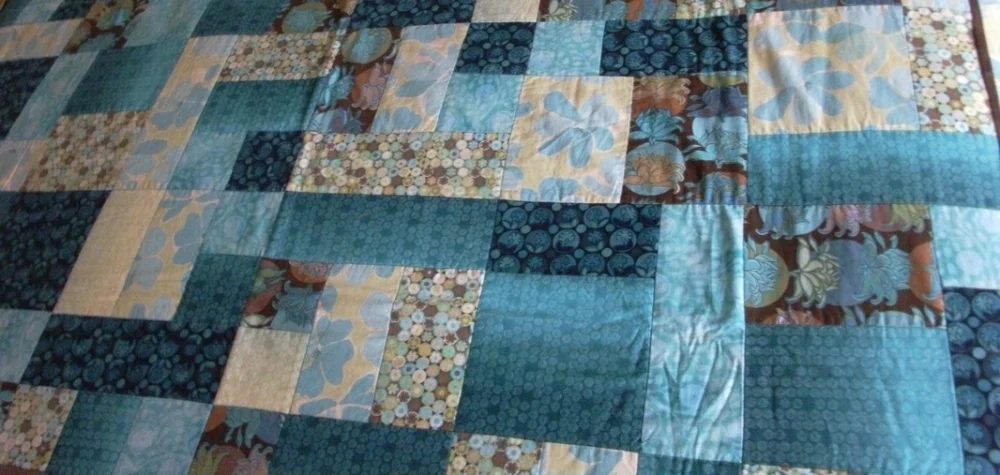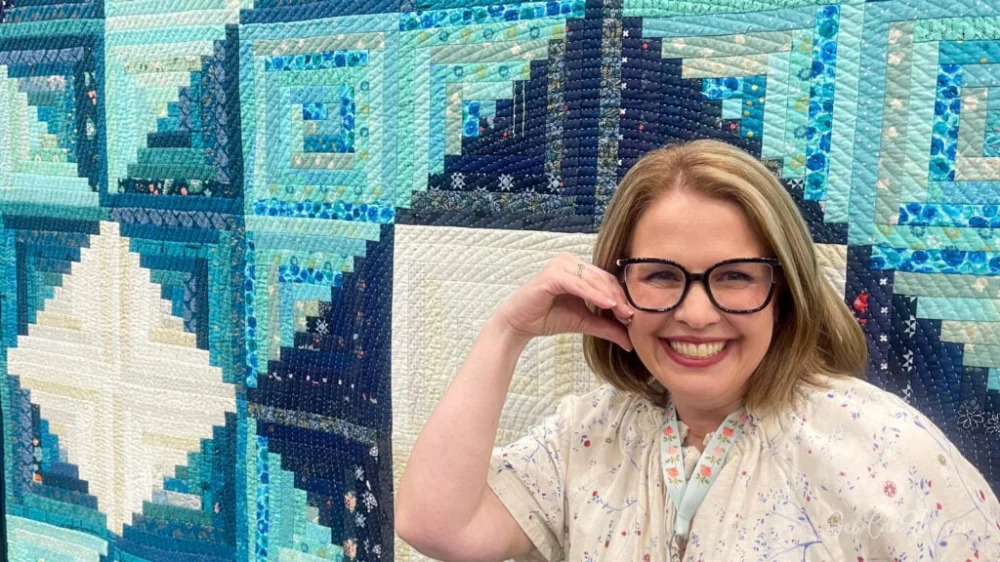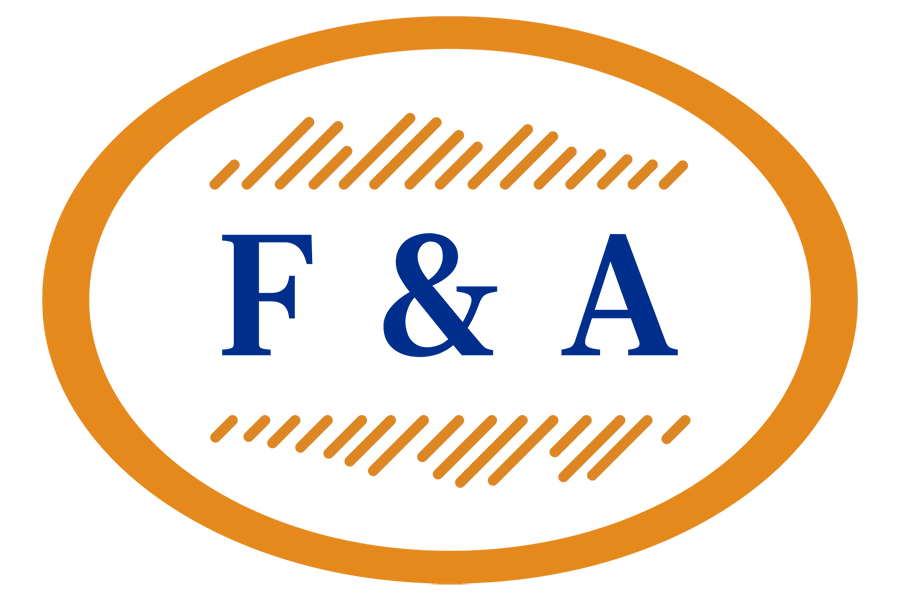If you want to dive into quilting, you’re in the right place. Quilting designs for beginners often feature simple shapes, such as squares, strips, or rectangles. You’ll find these patterns easy to do because they use straightforward piecing techniques and bold colors.
Many beginner-friendly quilts use precut fabric squares or strips, so you spend less time cutting and more time stitching. You don’t need fancy skills—just a willingness to try. With the right supplies and a little guidance, you can start quilting today.
Key Takeaways
Gather essential quilting supplies like a rotary cutter, quilting rulers, a sewing machine, pins, thread, and an iron to make your quilting easier and more fun.
Prepare your fabric and workspace carefully by organizing tools, pre-washing fabric, pressing seams properly, and measuring accurately to get the best results.
Start with simple quilting designs such as Rail Fence, Nine Patch, or Simple Stripes that use basic shapes and straight lines to build your skills and confidence.
Try beginner-friendly machine quilting patterns like straight line quilting or crosshatch quilting to add texture and finish your quilts with a neat, professional look.
Stay motivated by setting small goals, joining quilting communities for support, and enjoying the creative process to make quilting a rewarding and joyful hobby.
Getting Started
Essential Supplies
Before you jump into your first quilting project, you’ll want to gather a few basic tools. Having the right supplies makes quilting easier and more enjoyable. Here’s what you’ll need:
Rotary cutter and extra blades: These help you cut fabric quickly and accurately. Sharp blades prevent frayed edges and make the process smoother.
Quilting rulers: Clear acrylic rulers with grid lines and angle markings help you measure and cut fabric pieces with precision.
Sewing machine: A simple machine that can sew straight stitches works great for beginners. If you plan to make larger quilts, look for one with a bigger throat space.
Pins and clips: Use these to hold your fabric layers together while you sew. Crystal head or glass-head pins are easy to spot and handle.
Seam ripper: Mistakes happen! A seam ripper lets you remove stitches without damaging your fabric.
Thread: Choose 100% cotton thread for piecing. It matches well with quilting cotton and holds up over time.
Iron and ironing mat: Pressing your seams flat keeps your quilt blocks crisp and neat.
When it comes to fabric, Fanda Fabrics’ Quilting Fabric Bundles and Quilting Collection make things simple. These bundles feature premium cotton in coordinated colors and prints.
You get pre-cut pieces like fat quarters and charm packs, so you can start quilting right away. The fabric feels soft, sews easily, and holds its shape—perfect for beginners who want reliable results.
Preparation Tips
A little prep goes a long way in quilting. Here are some tips to set yourself up for success:
Organize your workspace. Keep your sewing machine, pressing station, and tools within easy reach.
Pre-wash your fabrics if you want to prevent shrinkage later. Fanda Fabrics offers pre-washed options, which saves you time.
Press your fabric by lifting and placing the iron, not sliding it. This keeps the weave from stretching.
Use starch to help your fabric hold its shape before cutting.
Measure twice, cut once. Accurate cutting leads to better quilting results.
Clean your sewing machine and start with a fresh needle.
Fill your bobbins before you begin, so you don’t have to stop in the middle of quilting.
Tip: Practice using your rotary cutter on scrap fabric to get comfortable before you start your main project.
With these supplies and preparation steps, you’ll feel confident as you begin your quilting journey.
10 Quilting Designs for Beginners
Ready to pick your first project? Here are 10 quilting designs for beginners that make learning fun and rewarding. You’ll find each design easy to start, with simple shapes and clear steps. Most patterns work great with pre-cut bundles like fat quarters, layer cakes, or charm packs from Fanda Fabrics. Let’s dive in!
1. Rail Fence

The Rail Fence pattern is a classic choice for new quilters. You sew strips of fabric together, then cut them into blocks and arrange them in a zigzag or stair-step layout. This design uses strip piecing, which helps you practice straight sewing and fabric coordination.
Tip: Use Fanda Fabrics’ pre-cut jelly rolls or solid color quilt fabric for quick assembly and bold results.
Why is it beginner-friendly?
You work with straight lines and simple strips.
The pattern is flexible—make it as small or large as you want.
You can find free quilting tutorials online, like the Fat Quarter Shop’s Rail Fence Quilt Pattern PDF and Darcy Quilts’ step-by-step guide.
Try starting with a table runner or lap quilt to build confidence. You’ll master your sewing machine and see results fast.
2. Nine Patch
The Nine Patch block is a staple in quilting designs for beginners. You sew nine squares together in a three-by-three grid. This block teaches you how to match seams and play with color.
Why choose this design?
It’s easy to sew and forgiving if your seams aren’t perfect.
Larger blocks (like 9″ or 12″) are easier to handle.
Straight line quilting works perfectly here, letting you practice basic techniques.
Tip: Use Fanda Fabrics’ charm packs for quick cutting and color variety. You can find free nine-patch quilting tutorials on YouTube and quilting blogs.
Lay out your squares before sewing to plan your color flow. Press seams toward the darker fabric for crisp, nested seams.
3. Simple Stripes
Simple Stripes is all about sewing strips together to create bold, modern quilts. You stack and cut multiple blocks at once, which teaches you efficient fabric handling.
How does this help beginners?
You practice keeping a consistent 1/4″ seam allowance.
You learn to press seams and trim blocks for accuracy.
The pattern lets you focus on mastering basic skills without getting overwhelmed.
Tip: Try Fanda Fabrics’ double-sided quilted fabric for a reversible striped look. Rotate blocks for a playful design.
Lay out your blocks and experiment with different stripe directions. Pin seams at corners for neat intersections.
4. Brick Path

Brick Path quilts use rectangles (bricks) stacked in offset rows, like a brick wall. This design is simple but teaches you about alignment and layout.
Why is it great for beginners?
You work with easy-to-cut rectangles.
The pattern is forgiving and looks good with many fabrics.
Marking straight lines helps you keep bricks even.
Note: Use Fanda Fabrics’ solid color quilt fabric for a clean, modern look. Pre-cut fat quarters make cutting bricks a breeze.
Stack your bricks carefully and use a ruler to mark lines for perfect alignment. This design works well for backgrounds or as a main feature.
5. Disappearing Nine Patch
The Disappearing Nine Patch starts with a basic nine patch block. You cut the block into quarters and rearrange the pieces for a more complex look.
Why try this pattern?
You use precut fabrics or fat quarters, which speeds up the process.
The design is scrappy and fun, so you don’t need perfect fabric matching.
You learn to trust the process and see how simple cuts create new designs.
Tip: Fanda Fabrics’ charm packs and layer cakes work perfectly. Look for video quilting tutorials that walk you through each step.
Plan your quilt size with charts and enjoy the creative results. This pattern is ideal for building confidence.
6. Half-Square Triangles
Half-Square Triangles (HSTs) introduce you to triangle piecing. You sew two triangles together to make a square, then arrange them in endless patterns.
Why is this design accessible?
You learn essential skills like cutting, sewing, pressing, and trimming.
Multiple methods (two-at-a-time, four-at-a-time) teach efficiency and precision.
HSTs open the door to advanced quilting techniques.
Tip: Use Fanda Fabrics’ solid color quilt fabric for bold geometric designs. Try the Modern HST Sampler for inspiration.
Press seams toward the darker fabric and square up your blocks for accuracy. Chain piecing speeds up the process.
7. Log Cabin

The Log Cabin pattern is rich in history and easy to sew. You start with a central square and add strips around it, building up the block like a log cabin.
Why is it beginner-friendly?
You sew straight strips and build the block step by step.
The design teaches you about light and dark fabric placement.
You can make small blocks for practice or larger ones for a full quilt.
Note: Fanda Fabrics’ Quilting Collection offers a variety of prints and solids for creative log cabin layouts.
Lay out your strips before sewing and press seams as you go. The Log Cabin design connects you to quilting tradition while building your skills.
8. Checkerboard
Checkerboard quilts use alternating squares to create a classic, playful look. You cut squares, lay them out in a grid, and sew them together row by row.
Steps for beginners:
Cut squares from two contrasting fabrics.
Arrange them in a grid and adjust for color flow.
Sew rows, press seams, and join rows together.
Quilt with straight lines or an X pattern.
Tip: Fanda Fabrics’ charm packs make cutting squares quick and easy. Try using scraps for a fun, scrappy checkerboard.
Add borders for a finished look and bind your quilt with prepared strips. Wash your quilt before gifting for extra softness.
9. Coin Quilt
Coin Quilts stack strips or squares in columns, separated by narrow lattice strips. This design is perfect for using pre-cut bundles and experimenting with color.
Why is it ideal for beginners?
You use charm packs or jelly rolls, which simplify cutting.
The process is quick and organized, with minimal layout fuss.
You can mix many fabrics for a lively, modern quilt.
Tip: Fanda Fabrics’ quilting fabric bundles offer coordinated colors and patterns for easy coin stacks.
Sew your strips together, add lattice, and enjoy a quilt that comes together fast. This pattern is great for stash busting.
10. Giant Star
The Giant Star quilt makes a bold statement with large blocks and a striking star shape. You use big squares and half-square triangles to form the star.
Expert tips for beginners:
Use spray starch before cutting to stabilize large pieces.
Plan your color layout to avoid repeats.
Keep a consistent 1/4″ seam allowance.
Press seams in alternating directions for accuracy.
Lay out blocks according to a diagram before sewing.
Tip: Fanda Fabrics’ solid color quilt fabric works beautifully for star quilts. Look for free giant star quilting tutorials online for step-by-step guidance.
Prepare your backing and baste layers carefully. Quilt by machine or hand, then bind and enjoy your show-stopping creation.
You can start any of these quilting designs for beginners with Fanda Fabrics’ pre-cut bundles, solid colors, or double sided quilted fabric. Each pattern helps you build skills, gain confidence, and create something beautiful.
Try a small project first, like a table runner or baby quilt, and explore free quilting tutorials for extra support. Quilting is all about learning, experimenting, and having fun with fabric!
Machine Quilting Patterns
Machine quilting patterns help you finish your quilt top and add texture. You can choose from several styles, each with its own look and skill level. Let’s explore three popular machine quilting patterns that beginners love.
Straight Line Quilting
Straight line quilting is the go-to choice for many beginners. You sew long, straight lines across your quilt, either following the seams or creating a grid.
This pattern works well with most quilting designs, including the Checkerboard Quilt and Blushing Blocks Quilt. You can use a walking foot or a quarter-inch foot on your home sewing machine for smooth results.
You get clean, modern lines that show off your fabric.
You don’t need advanced skills or special tools.
Patterns like the Squared Quilt and Little Houses Baby Quilt make great practice projects.
Tip: Start with a small quilt, like a baby quilt, to build confidence. You’ll find plenty of quilting tutorial videos online that walk you through straight-line quilting step by step.
Fanda Fabrics’ Wide Back Quilting Fabric makes backing easy. You won’t need to piece smaller fabrics together, so your quilt looks seamless and professional. The wide back fabric saves time and helps you avoid extra seams, which is perfect for beginners.
Free Motion Quilting
Free motion quilting lets you move the needle in any direction. You can create loops, swirls, or even write words on your quilt. You’ll need a hopping foot and lower the feed dogs on your machine. This style gives you freedom to experiment, but it takes practice.
You can draw shapes, flowers, or waves with your stitches.
You control the movement, so every quilt looks unique.
Many quilting tutorial videos show basic free-motion quilting techniques.
Start with simple designs on small projects. Try doodling on paper first, then move to fabric. You’ll improve with each quilt you finish.
Crosshatch Quilting
Crosshatch quilting adds diagonal lines that cross each other, creating a grid. This pattern gives your quilt structure and texture. You can use rulers or tape to guide your lines, or just trust your eye for a more relaxed look.
You get a classic, textured finish that works with modern and mini quilts.
Crosshatch quilting is a variation of straight-line quilting, so it’s easy to learn.
You don’t need to mark every line—just start with a few guides.
Note: Practice on a small quilt or a mini project before tackling a large quilt. You’ll find helpful quilting tutorial guides online for crosshatch quilting.
When you use Fanda Fabrics’ Wide Back Quilting Fabric, handling larger pieces becomes easier. You avoid joining multiple pieces, which means fewer seams and a smoother finish. Your machine quilting patterns will look neat and professional.
Tips for Beginners
Avoiding Common Mistakes
When you start quilting, you might run into a few common pitfalls. Here are some things to watch out for:
Not prewashing or starching your fabric can lead to shrinking or color bleeding later. Always prewash and add a bit of starch for easier handling.
Using the wrong thread can cause weak seams. Choose a strong, thin thread that matches your fabric weight.
Skipping proper pressing leads to puckered seams. Press with an up-and-down motion, not by sliding the iron.
Cutting fabric on the wrong grain can stretch your pieces. Always cut strips and borders on the straight grain.
Not buying enough fabric can leave you short. Buy extra at the start to avoid mismatched colors.
Ignoring seam allowances makes blocks fit poorly. Stick to a quarter-inch seam and measure carefully.
Not squaring up blocks before assembly can throw off your quilt’s shape.
Watching the needle instead of the guide can make your sewing lines wobbly. Keep your eyes on the guide for straight lines.
Tip: Test your machine quilting patterns and free motion quilting on scrap fabric before starting your main project.
Staying Motivated
Quilting is a journey, and staying motivated helps you enjoy every step. Start with small projects like mini quilts or pouches. These quick wins give you a sense of accomplishment and boost your confidence. Break big projects into smaller tasks, and celebrate each milestone.
Set simple routines, like quilting for 15 minutes a day, to build a habit. Remember, every finished block is progress!
Focus on small victories to keep your energy up.
Document your progress with photos or a journal.
Stay positive and flexible—mistakes are part of learning.
Callout: Mini quilts and free-motion quilting samples are perfect for practicing new skills and seeing fast results.
Finding Inspiration
You don’t have to quilt alone! Online quilting communities offer support, advice, and endless inspiration. Groups like Chatterbox Quilts and The Quilter’s Way provide tutorials, videos, and a friendly space to share your work.
You’ll find tips on machine quilting patterns, free motion quilting, and more. Sharing your progress and seeing others’ projects can spark new ideas and keep you excited.
Explore Fanda Fabrics’ website for fresh fabric bundles and creative patterns. Try stash buster projects or join a quilting challenge. When you connect with other quilters, you’ll always find new ways to grow and stay inspired.
Conclusion
You can start your quilting journey today with one of these easy quilting designs. Pick a simple project and grab a quilting bundle from Fanda Fabrics. As you try quilting and free motion quilting, you’ll notice some amazing benefits:
Quilting and free-motion quilting help reduce stress and boost mindfulness.
You build confidence as you master quilting and free-motion quilting skills.
Quilting connects you with others and brings a sense of community.
Free motion quilting and quilting improve hand skills and spark creativity.
Share your quilting and free motion quilting projects in the comments or on social media. Every quilt you finish brings joy and satisfaction. Let quilting and free motion quilting inspire your creativity every day!
FAQ
What is the easiest quilting design for a beginner?
You might want to start with the Rail Fence or Nine Patch. Both use simple shapes and straight lines. These patterns help you practice basic sewing skills and build confidence fast.
Do I need to pre-wash my quilting fabric?
Pre-washing helps prevent shrinking and color bleeding. If you want your quilt to last and look great, give your fabric a quick wash and press before you start cutting.
Can I quilt without a sewing machine?
Yes, you can hand quilt! It takes more time, but you only need a needle, thread, and patience. Many beginners enjoy the relaxing pace of hand quilting small projects.
What size needle and thread should I use?
For most quilting cotton, use a size 80/12 needle and 100% cotton thread. This combo works well for piecing and quilting. Always start with a fresh needle for smooth stitches.
Where can I find beginner-friendly quilting fabric bundles?
You can check out Fanda Fabrics’ Quilting Fabric Bundles. These bundles come pre-cut and color-coordinated, making your first quilting project much easier and more fun.
